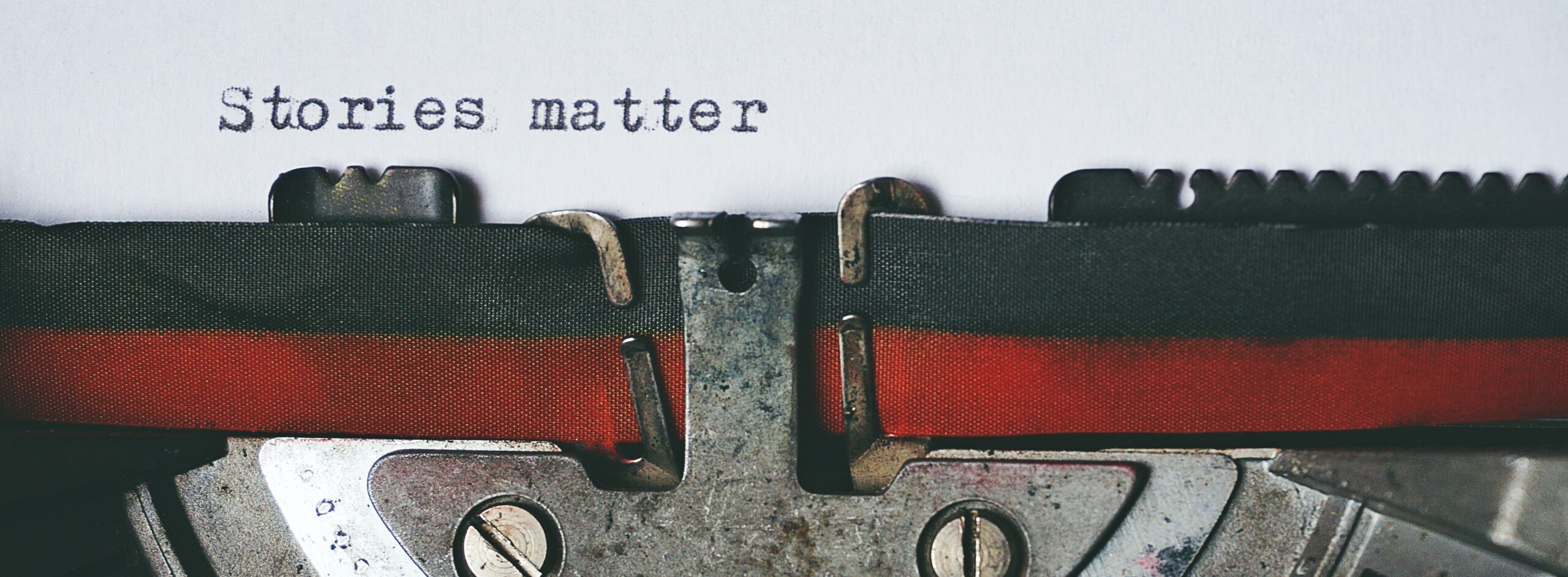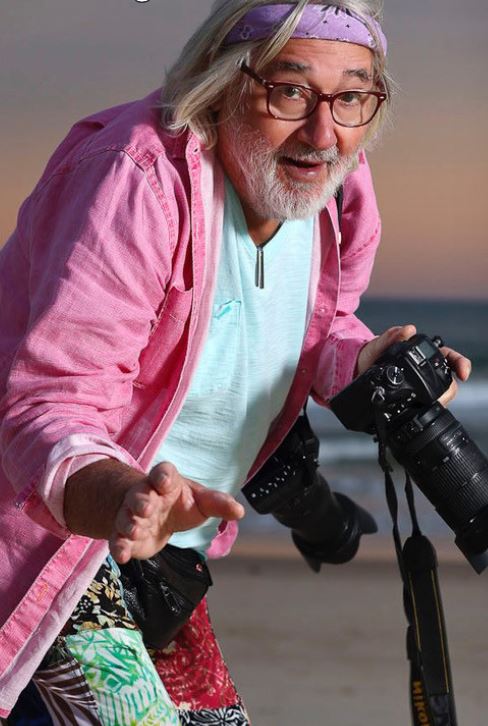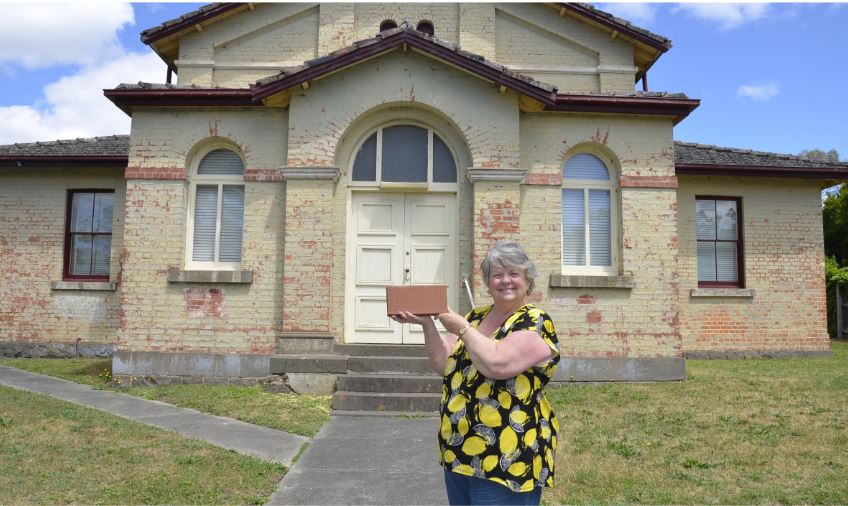October 10th, 2020When telling your story is such a joy
Perhaps it’s a yarn about a group of blokes who, in normal times, gather regularly at an old mate’s fairly remote and pretty basic home to swap yarns and offer cheer. Or it may be the dilemma of planning in a town where many fear development will mean a loss of precious character.
These are the sorts of stories, reported for The Local, which resonate. After working on a dozen or so newspapers in three countries, digging out yarns around the Central Highlands is a refreshing contrast. Where else can you spend hours at a magnificently eccentric Gold Rush village, authentically reproduced in the back blocks, right down to a bordello?
Or revel in the story of a sculptor and the 25 goats he and his French teacher partner milk each day, while running a foundation called the Goat Path (wrongly misheard because of accent difficulties and so unfortunately misreported as the Good Path).
Talking of sculptures, the American who raised his towering concrete and steel work with a 100-tonne crane to join scores of others at a private sculpture park at Porcupine Ridge stands out.
As does a Spring Hill horse trainer, whose ability to serenely have a handsome animal play dead and rear majestically provided a sense of awe.
It’s often been remarked that in a world of much media melancholy, the more positive approach of the 200-edition Local refreshes and stimulates.
A striking description of this role was offered by one expert: “The newspaper ties a region together, helps it make sense of itself, fosters a sense of community, serves as a village square whose boundaries transcend Facebook’s filter bubble.”
This summary, by Margaret Sullivan, media columnist for the Washington Post, encapsulates the ideal for papers great or tiny.
She writes this when across Australia, and much of the world, the sad sound of newspaper presses coming to a permanent halt as yet another voice of a community is shut down echoes a loss of scrutiny of local councils, courts, sporting bodies, indeed the lot. Studies find that the very act of taking part in the life of a community is eroded when a newspaper closes.
The Central Highlands is lucky that when the 160-year-old Advocate was shut by its remote owners, The Local had already taken on the challenge of providing an alternative to a profit-driven outfit. Having closed the Advocate, those owners went on to dispose of the press that printed the Ballarat Courier, and with it people skilled in their craft, with little likelihood of future work.
In other towns, local businesses have stepped up to reopen papers closed by similar chains. Canberra gave taxpayers’ dollars to help media organisations stay afloat, most of it to TV stations. Local papers got a pittance.
The slow, steady emergence from the COVID shutdown is already bringing more visitors here, and with them eventually comes the need to advertise the remarkable range of cafes and restaurants, shops and services. And so the lifeblood begins to flow.
There is no talk of a “new normal” for the news business because it has no need to switch from questioning, informing and entertaining. In spite of what may be called anti-social media, what you hold in your hands is invaluable.
And now an admission: when I was asked to write for this 200th edition, the suggestion was that I tell my story. I could recount meeting Donna and Kyle by arrangement in the Farmers Arms on a warm day when a cold beer was perfect. And following that with debriefings, and the occasional celebration, in the Radio Springs Hotel, but that might give a over-coloured picture of a task that can sometimes be hard yakka.
When you consider the risk those two were taking starting a paper with $600 in the bank and not drawing a wage for a couple of years, you get an inkling of how much they are owed by this community.
Talking of community, what makes my role such a pleasure is the seemingly endless parade of fascinating people, artists, writers, jewellery makers, enlightened primary producers, winemakers, crusaders, cranks and expatriates from an astonishing range of countries who call the Central Highlands home. They join families that stretch back generations to make a network now as diverse as it is deep-seated.
They’re all in our village square and we’re lucky to be here to tell their stories.
Words: Kevin Childs | Image: Kyle Barnes










